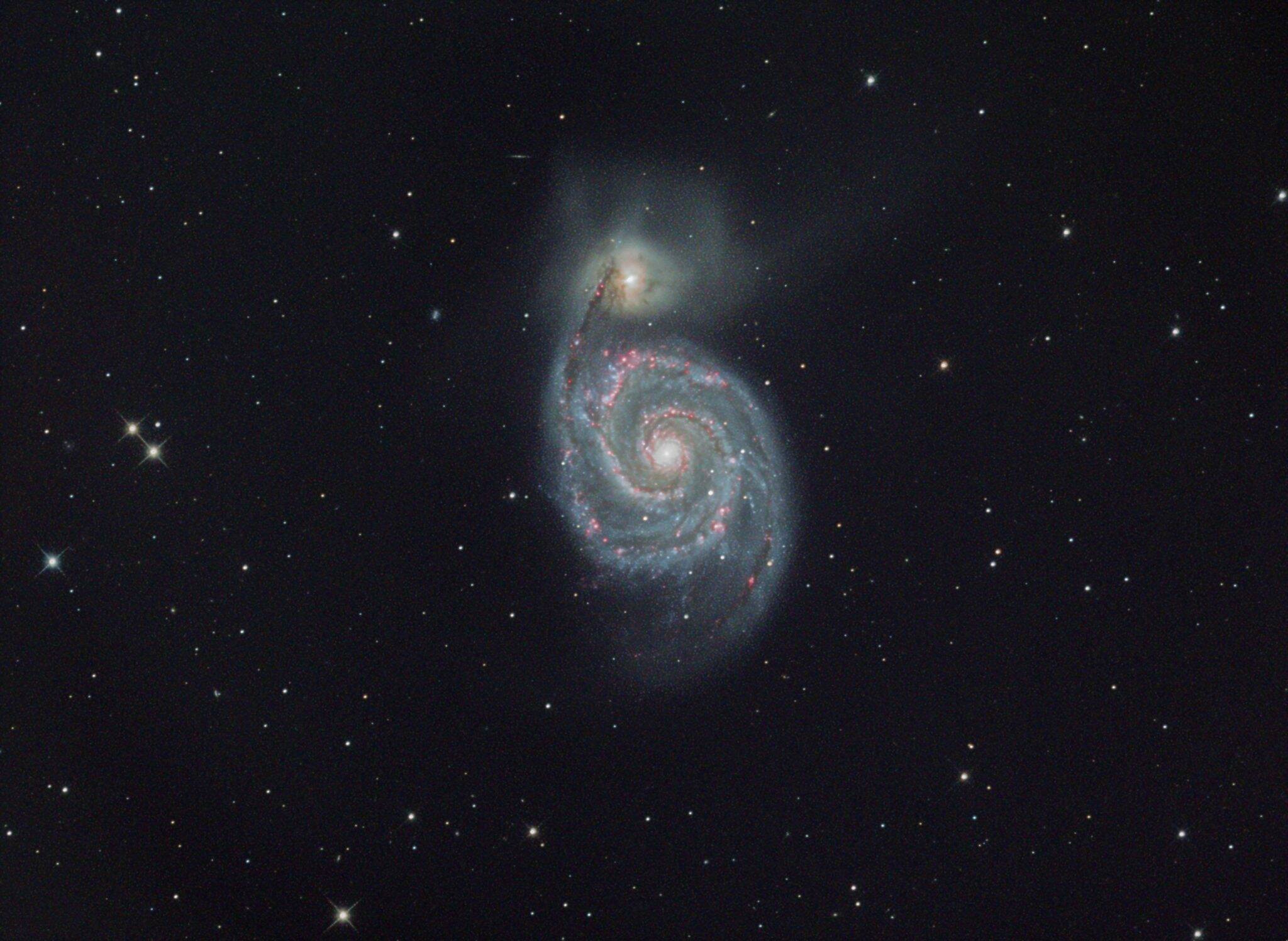Stargazing in the Pacific Northwest can be hit or miss, but the updated amenities at the Observatory in Battle Point Park on Bainbridge Island promise better views of the sky this summer than ever.
After a 2023 fundraiser, the Battle Point Astronomical Association has a new rigid dome for its planetarium at the Edward Ritchie Observatory to match its updated projector.
Now, the four films that the BPAA has on rotation can be viewed in the highest quality — and there will be a special surprise title revealed later this month.
“The old dome was kinda funky,” BPAA president Frank Petrie said. It was a cloth sheet that hung limply from an umbrella-like structure. “It didn’t do justice to the resolution and detail of the films, which the new projector is capable of.”
Every Wednesday at 5 p.m. and 6 p.m. the planetarium shows one of four films: “From Earth to the Universe,” about the history of astronomy; “The Hot and Energetic Universe,” about high-energy radiation in space; “Phantom of the Universe,” about dark matter; and “Seeing! A Photon’s Journey across Space, Time and Mind,”, about the physics of light. Tickets are $5 for adults and $3 for kids.
As recently as two years ago, the future of public programming at the BPAA was unclear. COVID drastically reduced the options the organization provided.
But membership enrollment held strong through the pandemic, and the BPAA was able to fundraise about $60,000 to purchase new equipment and software licensing. With the new technology, the nonprofit anticipates a whole new era of programming — including the art of astral photography.
The Ritchie telescope on BI is the largest publicly accessible telescope in the state. Petrie said people from all over the country are drawn to the view, even though Bainbridge’s night skies are somewhat polluted by artificial light and sometimes the weather.
On a clear night in summer the telescope can capture planets, nebulae, star clusters, galaxies and more. But Petrie’s best tip is to visit the telescope during a partial lunar phase.
“That’s the best time because you can see along the terminator line — where the sun is rising or setting on the moon,” he said. “You can see the craters and mountains in stark relief […] It makes a pretty cool image to contemplate what it might be like to stand on the moon.”



